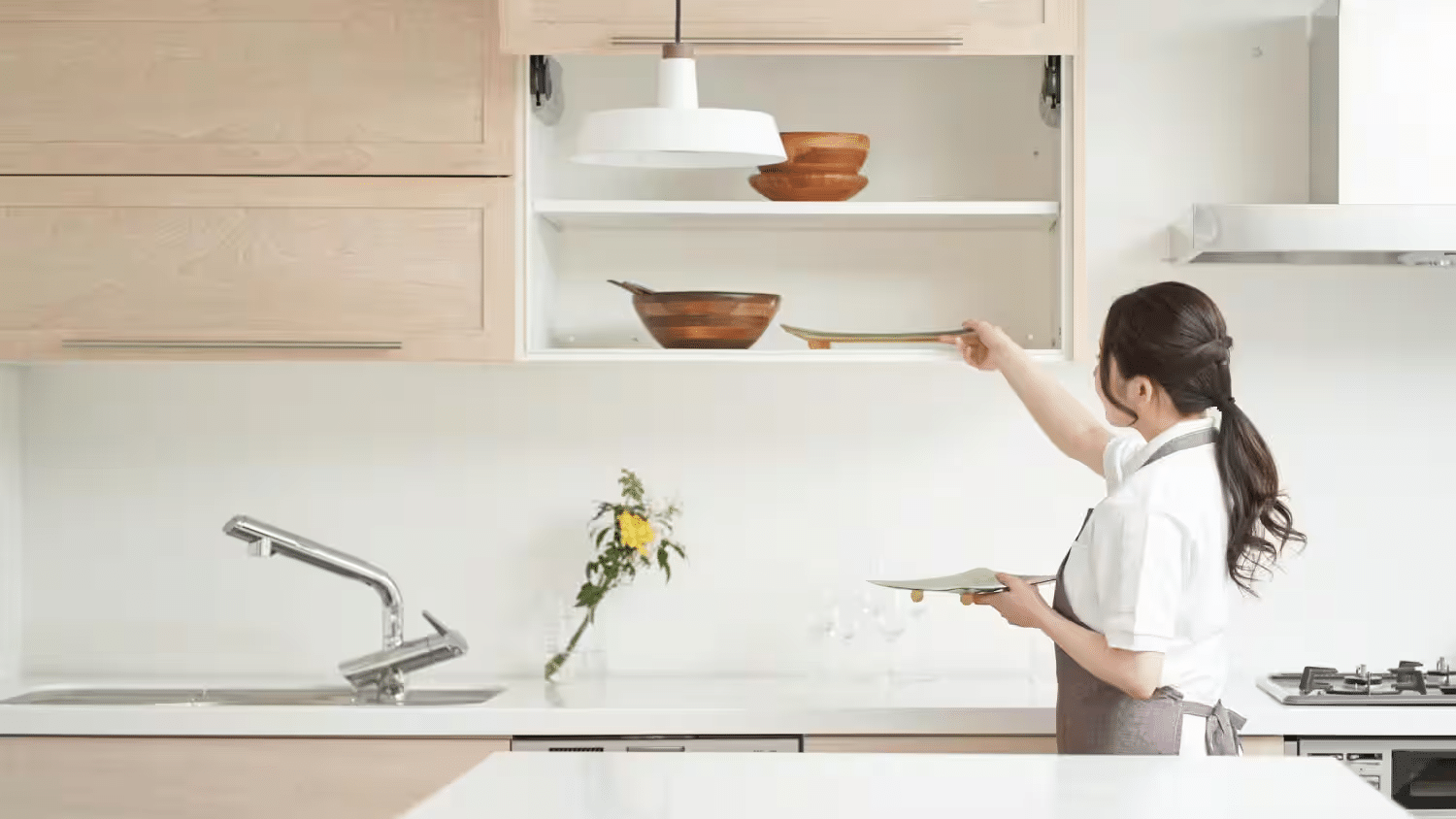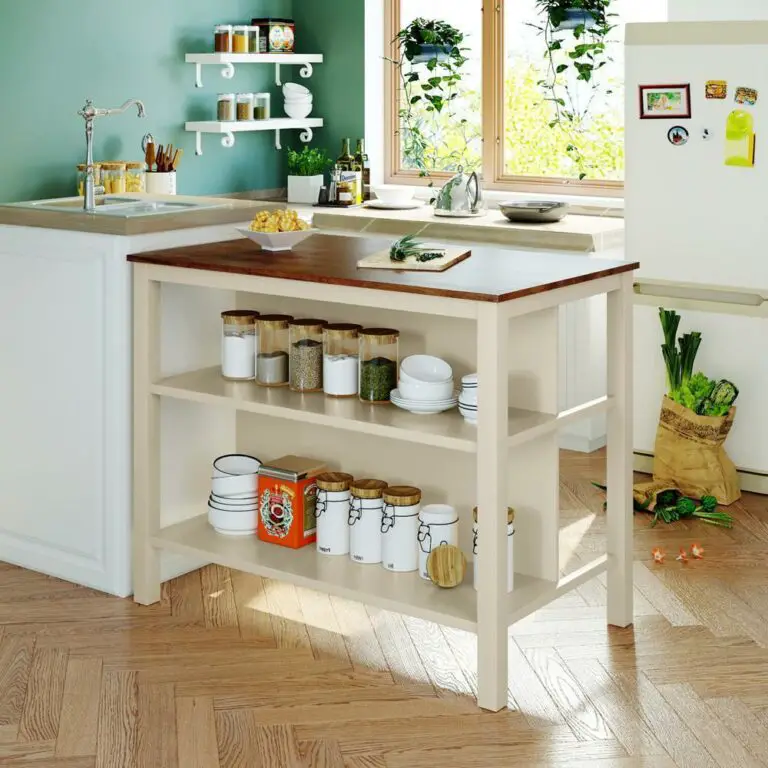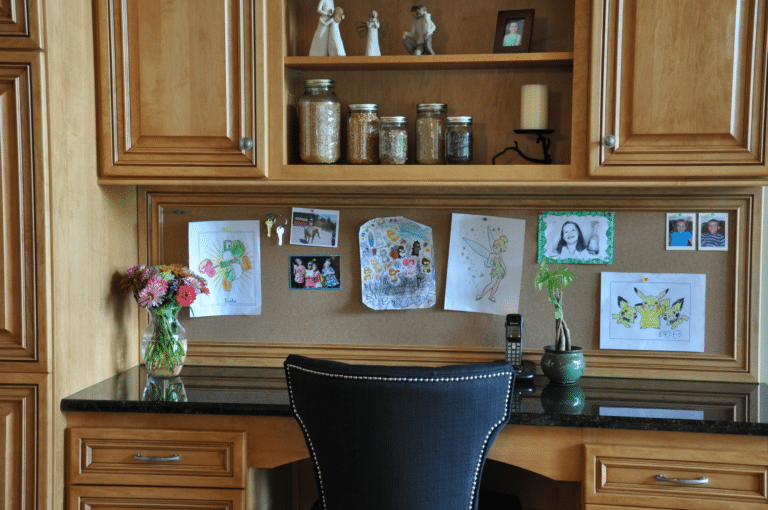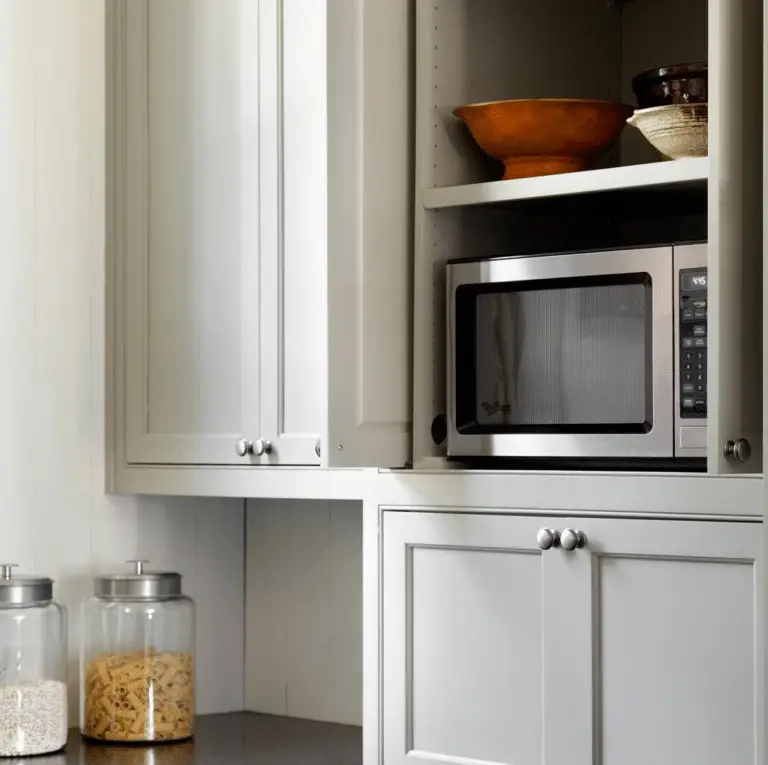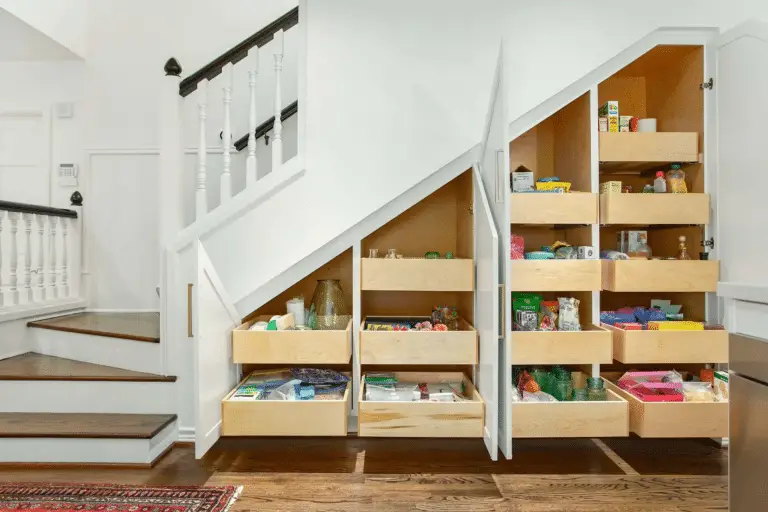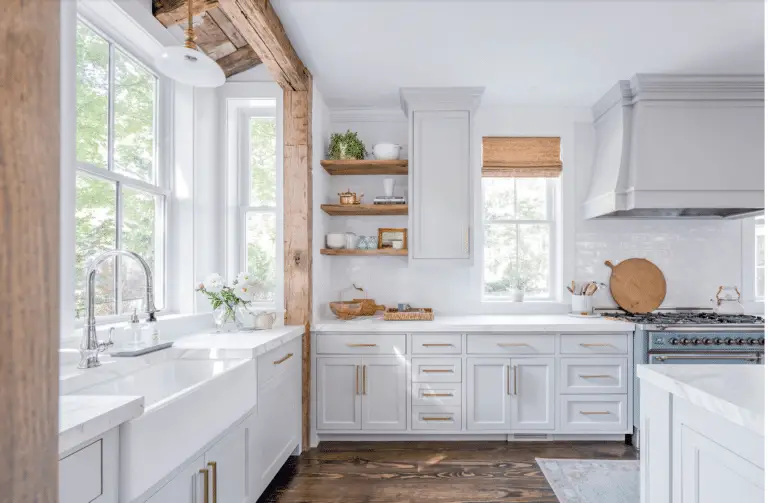Are you tired of digging through cluttered kitchen cabinets just to find your favorite mug? Discover the essential steps for organizing kitchen cabinets and transform your cooking space into a well-oiled machine.
From planning the perfect layout to maintaining order, this blog post is your comprehensive guide to a more functional and visually pleasing kitchen. Say goodbye to chaos and hello to efficiency with our practical tips and DIY solutions. It’s time to reclaim your kitchen and make meal prep a breeze!

Recognizing the Benefits of a Well-Organized Kitchen
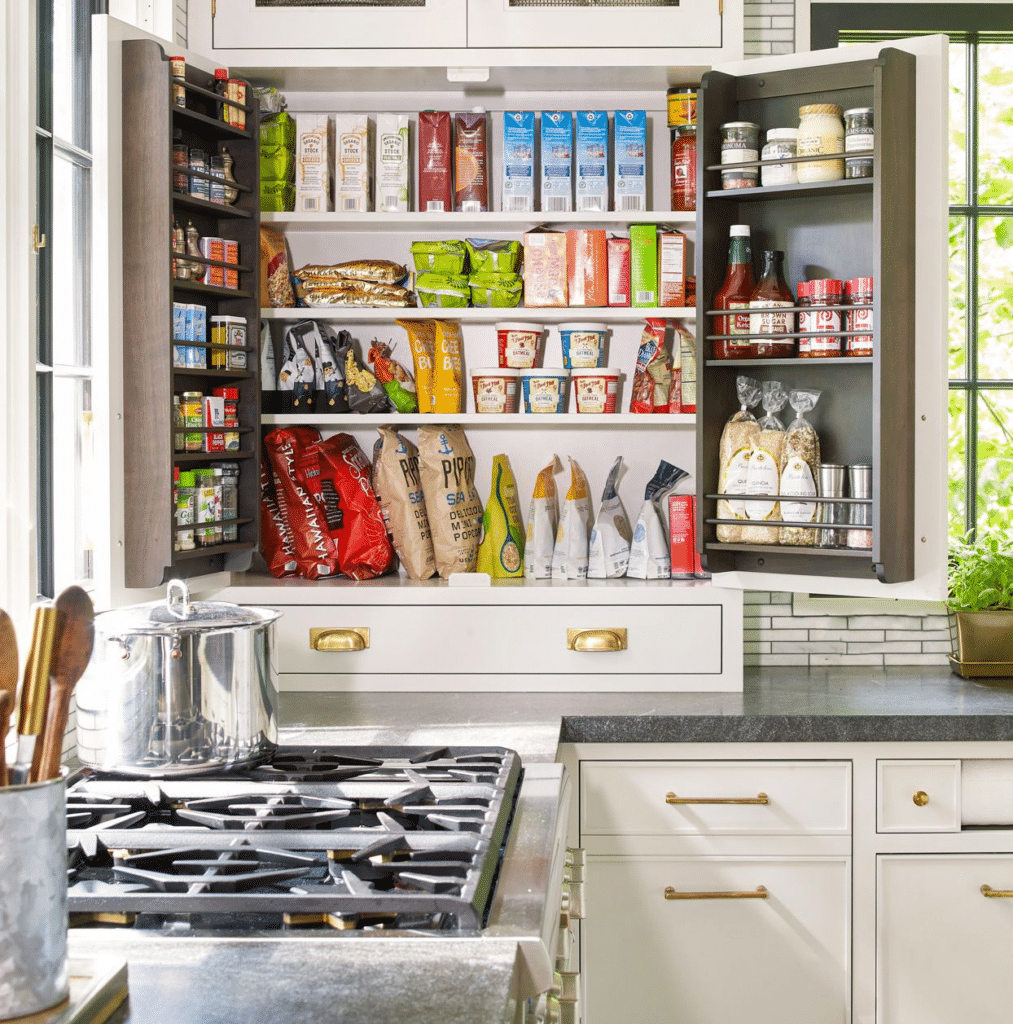
Have you ever found yourself rummaging through your kitchen cabinets in search of a particular spice or utensil, only to give up in frustration? If so, you’re not alone. A messy and disorganized kitchen can not only be a source of stress but can also impact the efficiency of your food preparation. By taking the time to organize your kitchen cabinets, you can streamline your cooking process, easily locate items when needed, and ensure a clean and tidy space for meal preparation.
Importance of Systematic Assessment
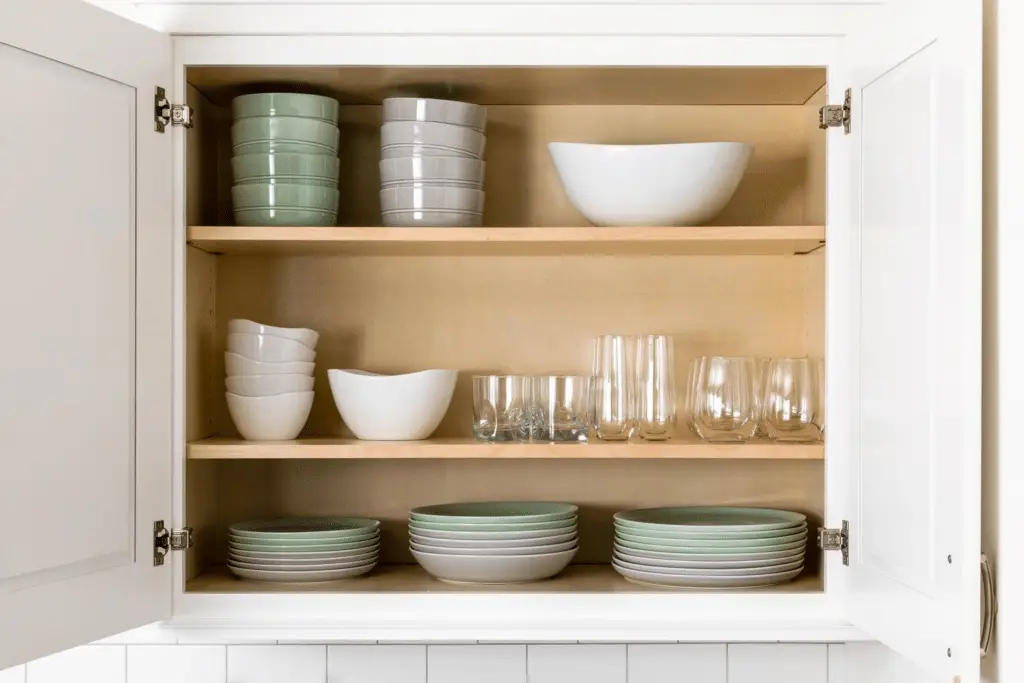
Before diving into the task of organizing your kitchen cabinets, it’s essential to assess the contents of your cabinets systematically. Take stock of all the items you have, and consider each item’s usefulness and condition. Decide whether you need to dispose of, donate, or retain specific objects. This step will not only help you declutter your kitchen but will also ensure that you only keep items that serve a purpose in your daily cooking routine.
Remember, organizing your kitchen cabinets is not just about rearranging items; it’s about creating a space that supports your culinary endeavors and keeps your kitchen functional and efficient.
Planning the Organizational Structure
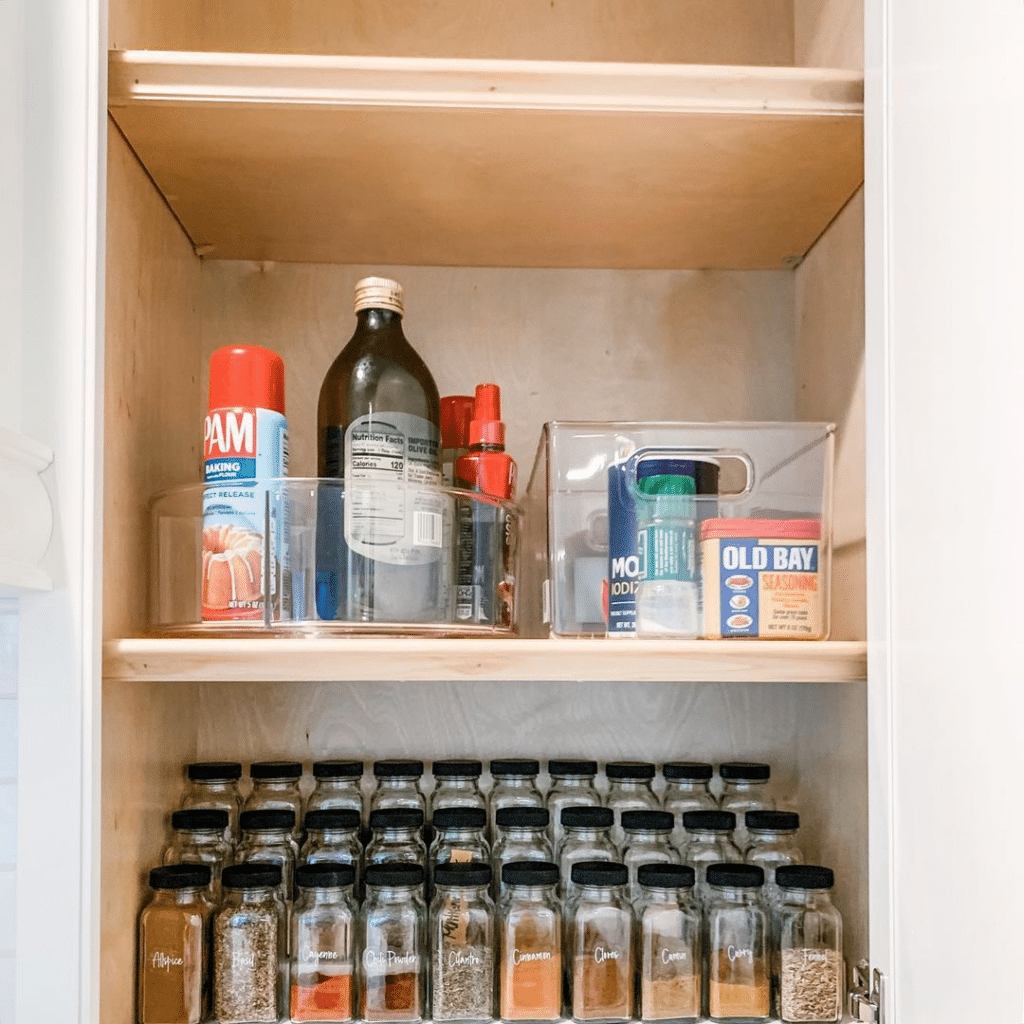
When it comes to organizing your kitchen cabinets, a proper plan is essential for success. You can’t just start throwing things wherever there’s space – you need a clear strategy for allocating different items to different sections. This not only ensures ease of access but also maximizes utility.
Utilize Useful Tools and Equipment
One of the keys to a well-organized kitchen is making use of tools and equipment that can help you maximize your space. Consider investing in racks, hanging hooks, drawer separators, and other organizational tools to make the most of your cabinet space. These items can help you create designated spots for different types of items, making it easier to find what you need when you need it.
Consider Multiple Factors
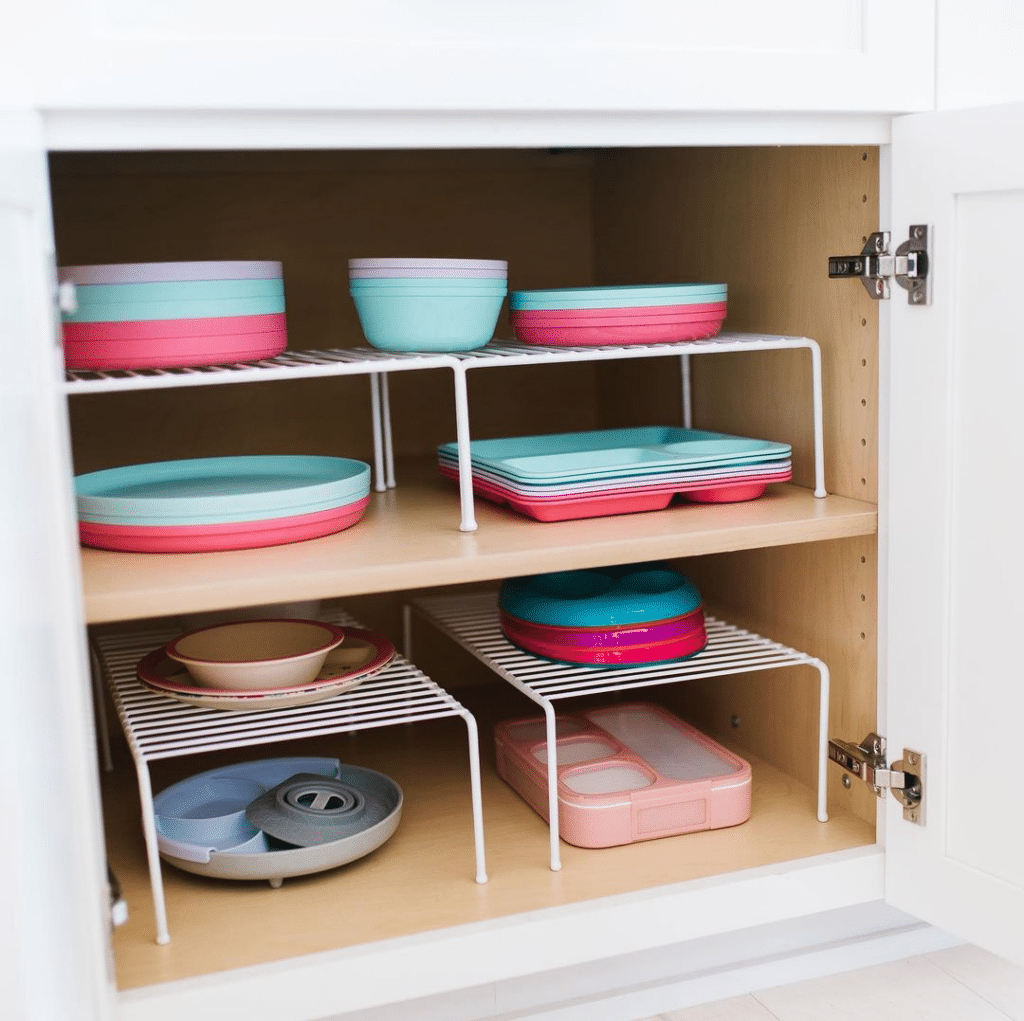
When planning your organizational structure, consider factors such as the frequency of use, the size of items, and matching sets. Items that you use frequently should be easily accessible, while items that are used less often can be stored in higher or less convenient locations. Creating a functional and visually pleasing arrangement will not only make your kitchen more efficient but also more enjoyable to work in.
By carefully planning the layout of your kitchen cabinets and using the right tools, you can create a space that is both organized and efficient. Taking the time to consider these factors upfront will save you time and frustration in the long run.
Step by Step Process of Organizing
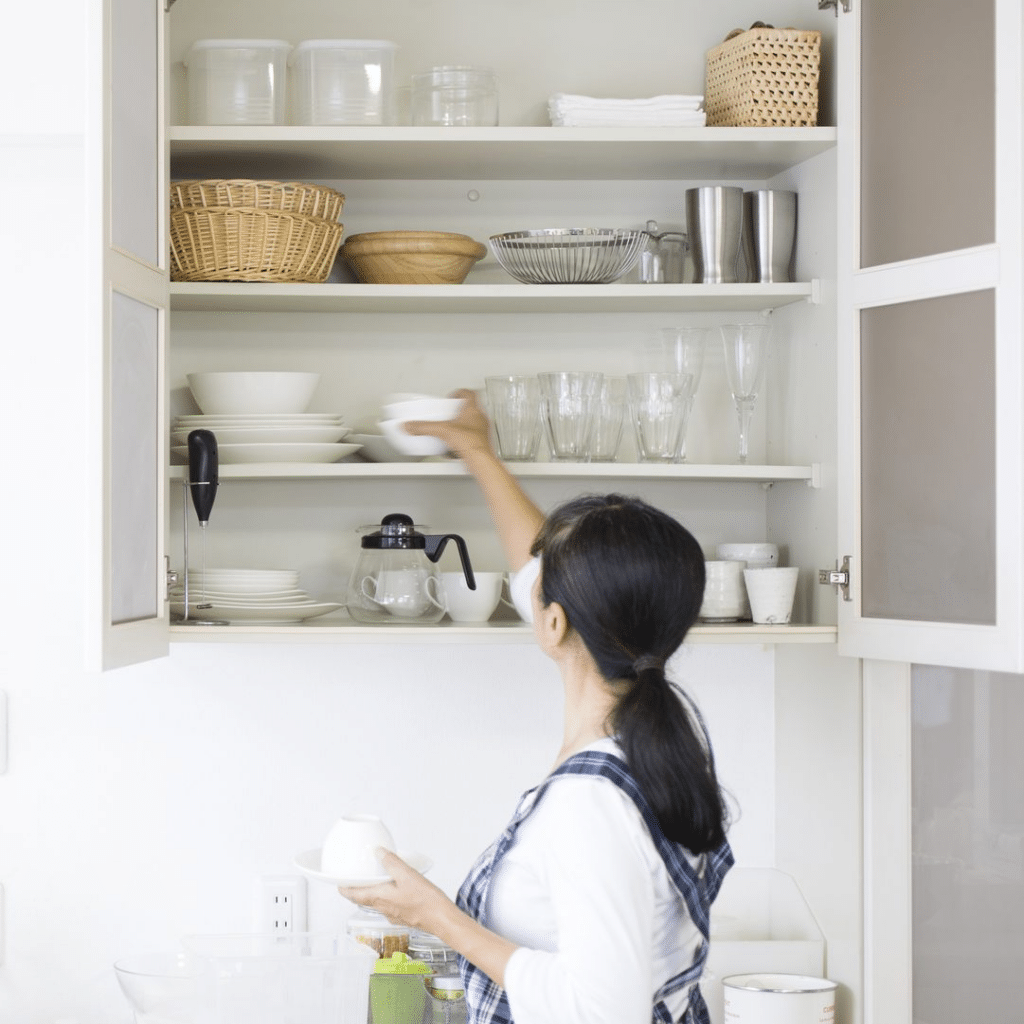
Now that you understand the importance of organizing your kitchen cabinets and have a solid plan in place, it’s time to dive into the actual process of organizing. This step-by-step guide will help you tackle this task effectively and efficiently.
Taking Items Out
The first step in organizing your kitchen cabinets is to take everything out. This allows you to see exactly what you have and assess what items you want to keep, donate, or discard. As you remove items, wipe down the shelves and drawers to ensure they are clean and ready for the next phase.
Cleaning Up
After you’ve cleared out your cabinets, it’s important to give them a thorough cleaning. Use a mild cleaner or a mixture of vinegar and water to wipe down the shelves, drawers, and cabinet doors. This not only helps to keep your kitchen clean but also provides a fresh start for organizing your items.
Assigning Places
Once your cabinets are clean, it’s time to start assigning places for your items. Consider the frequency of use and group like items together for easy access. Use drawer separators, racks, and hanging hooks to keep things organized and maximize space. Be thoughtful in your placement to create a functional and visually appealing arrangement.
Putting Items Back
As you start putting items back into your cabinets, do so in a methodical and organized manner. Take your time to ensure everything has a designated spot and is easily accessible. Remember to maintain consistency in your organization to make it easier to find items in the future.
Patience, Consistency, and Attention to Detail
Organizing your kitchen cabinets is a process that requires patience, consistency, and attention to detail. Take your time to do it right the first time and commit to maintaining your organization system. Regularly check and update your layout to accommodate new items and evolving needs, ensuring that your kitchen remains organized and functional.
By following these step-by-step processes for organizing your kitchen cabinets, you’ll be well on your way to creating an efficient and visually pleasing space for all your culinary needs.
Maintaining the Organization
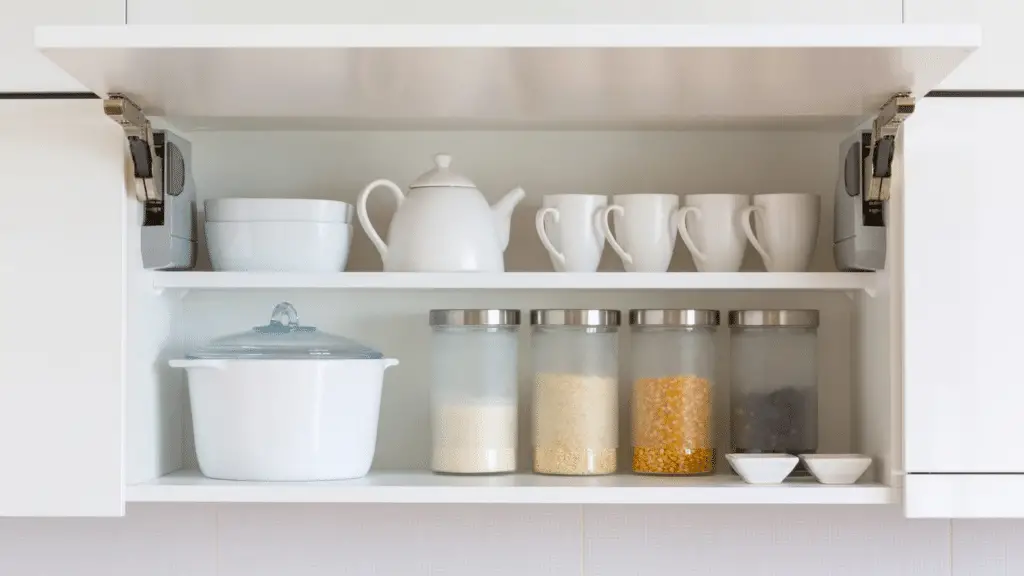
Maintaining the organization of your newly organized kitchen cabinets is just as important as the initial setup. Without proper upkeep, your hard work could easily go to waste. Here are some key takeaways to help you stay on track with your kitchen cabinet organization:
Building a Routine: One of the most effective ways to maintain organization in your kitchen cabinets is to establish a routine for kitchen use. By assigning specific places for items and consistently putting them back after use, you can ensure that everything stays in its designated spot.
Regular Check-ins: Make it a habit to regularly check and update your organizational system. As your needs and inventory change, your organization should adapt accordingly. Take the time to declutter, reorganize, and adjust as needed to keep your kitchen cabinets functional and clutter-free.
Educating Users: It’s essential to educate all users in your household about the importance of maintaining organization in the kitchen. By involving everyone in the process and setting clear expectations, you can ensure that the hard work you put into organizing your kitchen cabinets doesn’t go to waste.
By incorporating these maintenance tips into your routine, you can enjoy the benefits of a well-organized kitchen for years to come. Remember, consistency is key when it comes to maintaining organization in your kitchen cabinets.
Overcoming Common Challenges in Kitchen Cabinet Organization
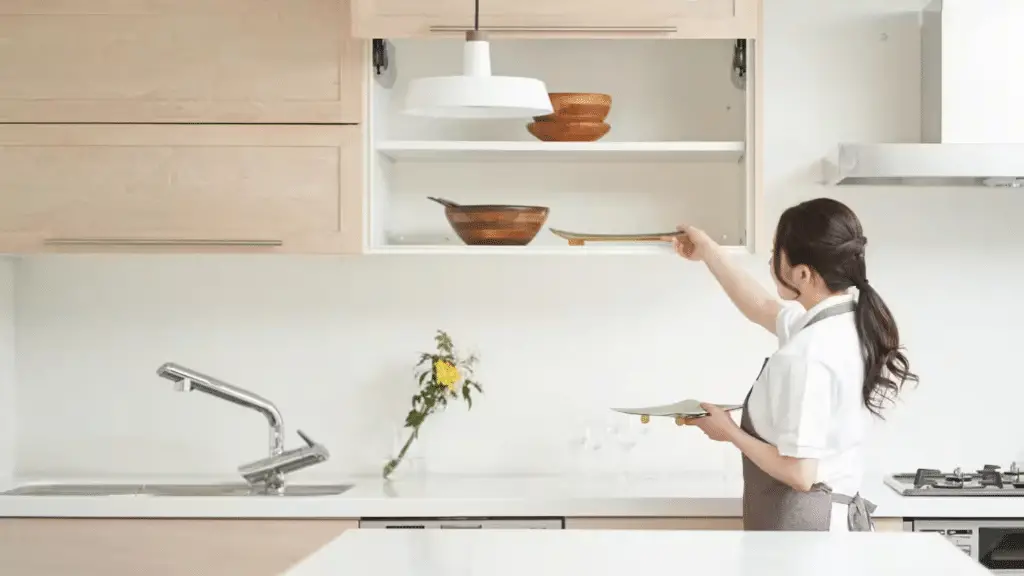
Organizing kitchen cabinets can be a daunting task, especially when faced with common challenges that can hinder the process. By identifying these obstacles and providing practical solutions, you can create a well-organized kitchen that not only looks great but also functions efficiently.
Identifying Common Pitfalls
One of the most common pitfalls in kitchen cabinet organization is neglecting to utilize high or low storage spaces effectively. Often, items are crammed into eye-level shelves, while the upper and lower areas remain underutilized. To overcome this challenge, consider investing in step stools or pull-out drawers to access these spaces easily.
Another challenge is letting things pile up over time, leading to cluttered and disorganized cabinets. Regular decluttering sessions can help prevent this issue. Take the time to assess items regularly and decide on what to keep, donate, or dispose of to maintain a clean and organized space.
Providing Solutions
When space constraints are a concern, DIY tips and resourceful ideas can help maximize storage without incurring high costs. Utilize vertical space by installing shelves or hooks on cabinet doors to store small items like spices or utensils. Consider investing in stackable containers or adjustable shelving to make the most of limited space.
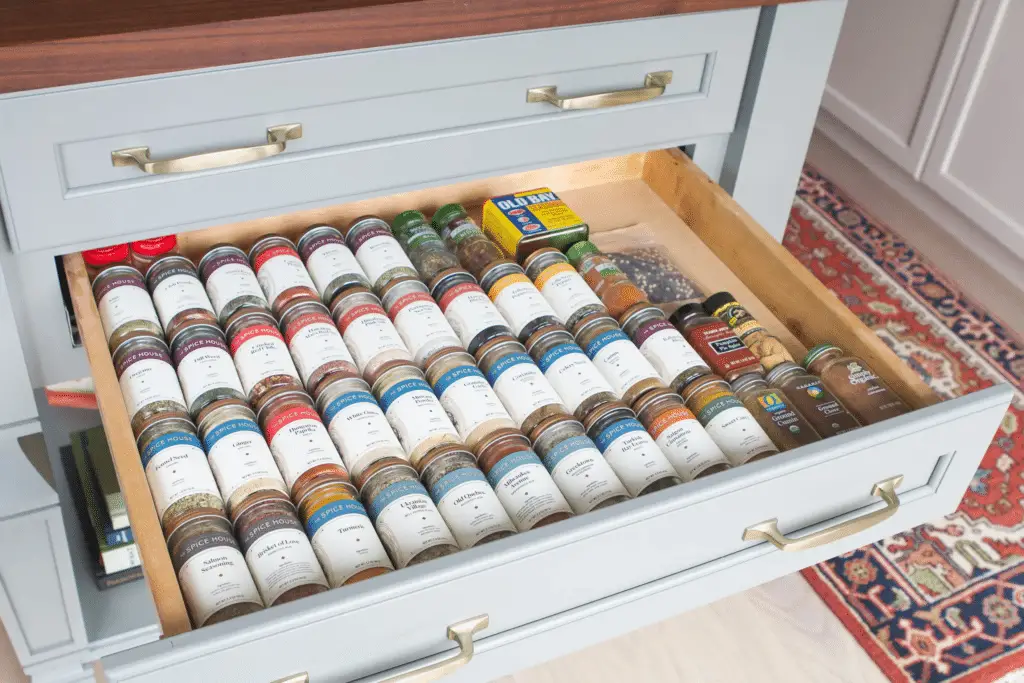
For a budget-friendly solution, repurpose items like empty jars or baskets for storage. Labeling containers can also streamline the organization process and make it easier to find items when needed. With a bit of creativity and resourcefulness, you can overcome space constraints and create a functional and efficient kitchen cabinet organization system.
By recognizing common challenges and implementing practical solutions, you can tackle the task of organizing kitchen cabinets with ease. With a well-thought-out organizational system in place, you can enjoy a clutter-free and functional kitchen that enhances your daily cooking and meal preparation activities.
Wrapping Up: The Recipe for Kitchen Cabinet Success
In the kitchen organization playbook, we’ve learned the importance of a well-organized space for efficiency, cleanliness, and ease of access. Planning strategically, utilizing tools, and paying attention to detail are key ingredients. Remember, consistency is the secret sauce to maintaining order. Stay on top of it by updating regularly and educating all users.
So, roll up your sleeves, tackle those common challenges, and transform your kitchen cabinets into a functional and visually pleasing masterpiece. Happy organizing!

